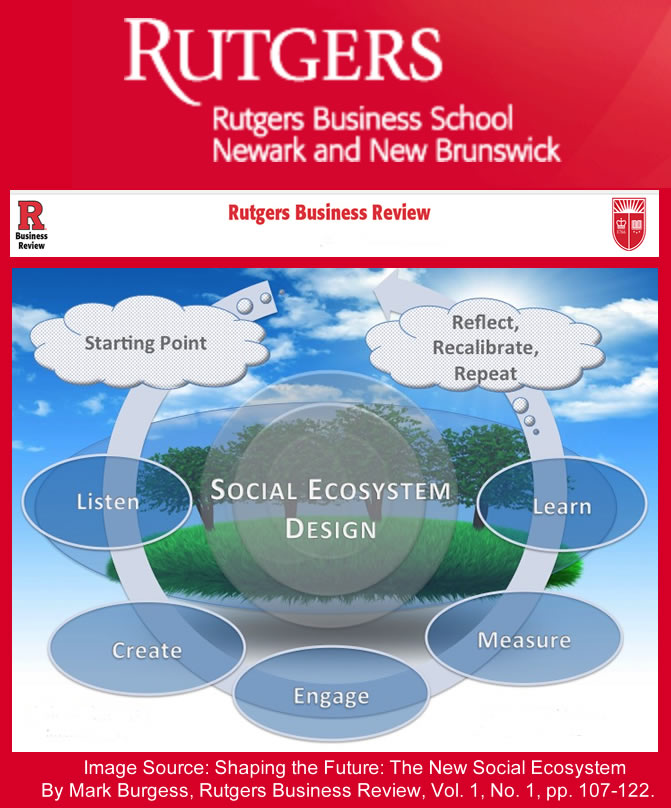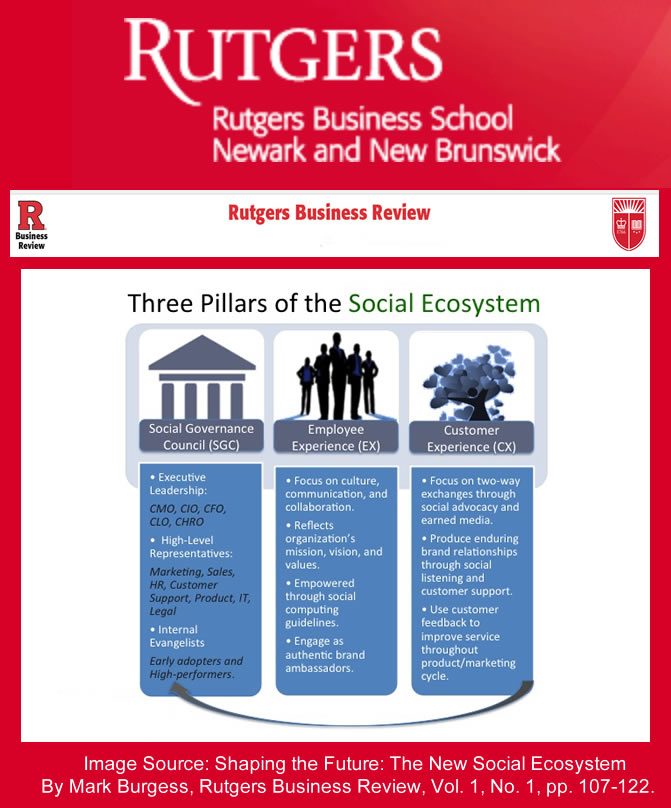
The social realm of the digital bazaar has settled into our culture like the first snow of winter. When a few snowflakes innocently began their descent, the marketing world caught a glimpse of an exciting new future. However, many of us couldn’t help asking, “Will it stick? Will it still be around by morning?” Some brands brushed it off as hype and shuttered themselves indoors, but their customers knew better. Eagerly, they threw on their snow gear and hurried outside for a romp in this new wonderland.
Around this time, the more enterprising brands peeked out their windows, saw the opportunities they were missing, and rushed outside to join in the fun with their customers. Together, they built snowmen, went sledding, and got rowdy together during a few spirited snowball fights. This new world was theirs to invent together, which both brands and customers were happy to do as long as everyone obeyed the cardinal rule: have fun.
Social branding allows businesses to directly engage with their customers and put their values proudly on display. The challenge for businesses now is to find the right social advocates for the job. Of course, not just anybody will do. These advocates need to be savvy innovators on the cutting edge, employees who intuitively understand the business world’s shifting priorities.
Moving Along the Cultural Conveyor Belt
From corporate giants to small businesses, change will not come suddenly. The future always comes in fits and spurts, and we often aren’t aware of how far we’ve come until we’ve had a chance to look back and take stock of our progress.
In this way, it’s as if brands are moving along a cultural conveyor belt, forever moving ahead toward greater brand relevancy. To keep this belt moving into the future, brands must continue to develop a sense of social purpose. Through this approach, brands can more easily distinguish themselves from their competition and align their values with those of their customers. In this way, brands can demonstrate to the world that they “get it.”
There’s no question that social branding is transforming businesses. The question instead is whether brands are transforming quickly enough. Consumers have developed high standards of social engagement for their brands, and those brands not rising to the challenge may get left behind.
“Social engagement for brands is no longer a nice thing to have—it’s a digital imperative,” says Brad Rencher, SVP & GM, Digital Marketing, Adobe Systems, Inc. “The demand is being driven from both the consumer who engages with brands in a new and more meaningful way as well as digitally savvy marketers who are integrating social into their campaigns and expecting real business impact in return.”
Seeking Better Connections
Successful brands need to find that social connective tissue, which begins with better employee communication. The better these employees understand their brand’s message, the better equipped they will be to become social advocates for their companies.
Brands cannot discount the importance of word of mouth. They must learn to rely less on the message they put out themselves, and more on the message their customers share with the rest of the world.
According to Forbes Columnist Meghan M. Biro, “To humanize a brand, you first must ensure the corporate culture is robust enough to sustain the good will of employees, your brand ambassadors.”
“What we do as employees represent the brand & culture; reflect it outward – leaders shape (not control) the path”
Bill Strawderman (@MarketingBard)
Executive Director, B2B Digital Marketing and Social Media at AT&T
Tweet #TChat
The smartest brands understand they already have the tools in place to humanize their images—their employees. Small businesses have a leg up in this regard, as it is much easier to focus on culture and manage internal communication among a small number of employees than it is within a large company.
Once a brand has aligned its goals with a culture of engaged employees, these social ambassadors will be able to spread that message quickly and efficiently. Such an approach allows a brand’s cultural values to spread organically, without its message coming off as forced or contrived.
Always Engaged, Always On
The work of a brand never ends, and the rules of engagement are always changing. “As smart phones and tablets become the first screen for more and more consumers, a strong mobile strategy will be key to driving a successful digital business,” says Brad Rencher. “Emerging international markets serve as evidence of these trends. Brazil captures the #2 spot of users on both Facebook and Twitter, with India right behind at #3, while both are experiencing mobile explosions like never before.”
There has been a fundamental shift in how consumers interact with brands. In order to keep collaborations with their customers fresh and authentic, a brand must understand the rules of engagement on multiple touch points. Whether it’s through mobile devices, social networking, gaming, or cloud computing, brands need to be ready and responsive in order to build trust and loyalty. To build better relationships with both their customers and the world, brands must be ready to share their identity and values in dynamic, innovative ways.
What is Branding?
What does “branding” mean to you? This engaging video from the Norwich Business School at the University of East Anglia offers a concise explanation of what branding means, what it needs to be, and why it’s important.
This post was originally published on AT&T’s Networking Exchange Blog.












